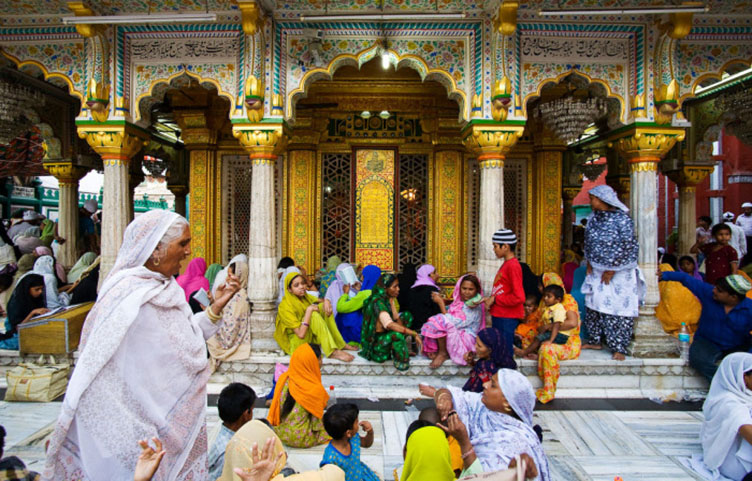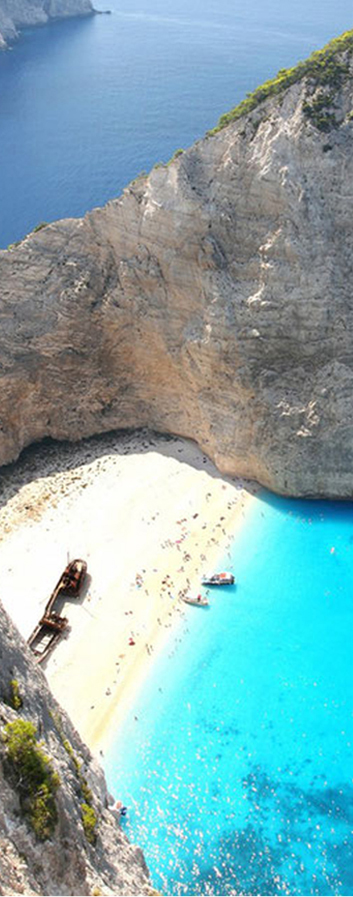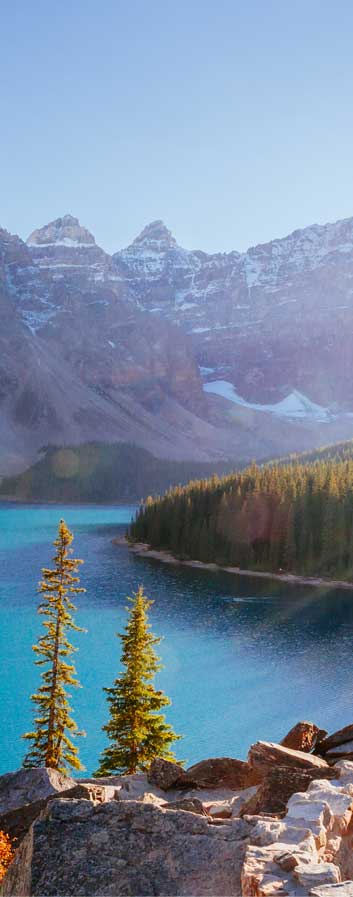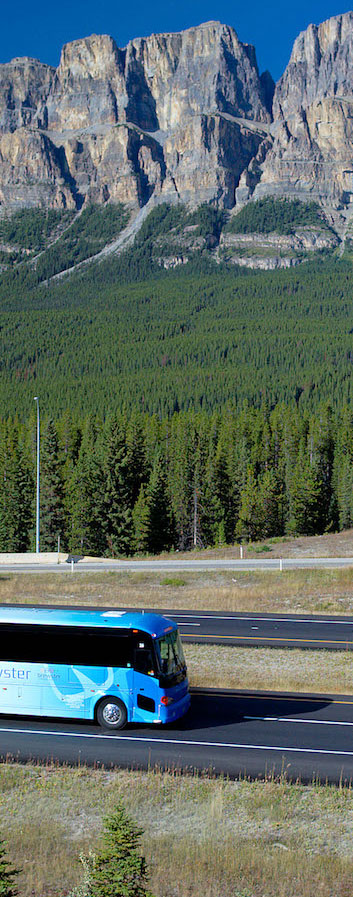Hazrat Nizamuddin Auliya
Situated in Nizamuddin area of Delhi, the tomb of Hazrat Nizamuddin Auliya is among the popular Sufi mausoleums in the country. Second in popularity only to that of Hazrat Moinuddin Chisti, the mausoleum complex also houses tombs of poet Amir Khusro and Shah Jahan’s daughter and princess consort Jehan Ara Begum. Hazrat Nizamuddin was a famous saint of the Sufi Chishti Order which has a large following in the Indian subcontinent. He was a spiritual successor of Khwaja Moinuddin Chishti of Ajmer. His full name was Hazrat Shaikh Khwaja Syed Muhammad Nizamuddin Auliya and was honoured with titles like Sultan-ul-Mashaikh, Mehboob-e-Ilahi. Considered fifth amongst the big five of the Chisti order in India, the Auliya was born in 1238 and breathed his last on April 3, 1325.
The mausoleum of revered Sufi saint Hazrat Nizamuddin Auliya is visited by thousands of devotees not only by Muslims but also of other faiths. The saint’s followers included prince and the paupers. Many of Delhi’s sultans including Muhammad Tughlaq and Ala-ud-din Khilji were devotees of the Sufi saint. The structure consists of a square chamber surrounded by verandahs, which are pierced by arched openings. The dome on top of the tomb is decorated by vertical stripes of black marble and is crowned by a lotus-cresting.
Faith in Hazrat Nizamuddin Auliya can be gauged from the fact that many prominent personalities lie buried close to the saint. Amir Khusro lies in eternal sleep at the foot of his master. Shah Jahan’s daughter and Emperor Aurangzeb’s elder sister also lies buried inside the tomb complex.
Some of the other structures inside the mausoleum complex are the Jama’at- Khana Masjid, Chini Ka Burj, Mirza Ghalib’s Tomb, Kalan-Masjid, Khan-I-Jahan Tilangani’s Tomb, Ataga Khan’s Tomb, Chaunsath Khamba, Lal-Mahal, Khan-I-Khanan’s Tomb and Barapula. Qawwali recitals are held every Thursday after the evening prayers. Twice every year, the festival of ‘Urs’ is celebrated to commemorate the death anniversaries of Hazrat Nizamuddin Auliya and Amir Khusro.
There are no places to stay in the dargah. There are no places to eat in the dargah; however, there are many restaurants outside the dargah complex. The dargah can be visited any time during the year. It is advisable to visit the dargah during the winter months of October to March. Jama’at- Khana Masjid: Built in 1325 by Khizr Khan, son of Ala-ud-Din Khalji, the mosque is located to the west of Hazrat Nizamuddin’s tomb. Built with red sandstone, it is the oldest structure in the complex. It consists of three bays and low domes.
Chini Ka Burj: It was built during the era of the Lodis. ‘Chini-ka-Burj’ means ‘tower of tiles’.
Tomb of Jahan Ara: Located to the south of Hazrat Nizamuddin’s tomb, Jahan Ara’s tomb is simple structure without any roof and covered by earth in accordance with the princess’ wish. The princess had willed, “Let naught cover my grave save the green grass, for grass well suffices as a covering for the grave of the lowly”.
Amir Khusro’s Tomb: Amir Khusro was one of the chief disciples of Hazrat Nizamuddin Auliya. Khusro’s tomb is locatednext to that of the saint.
Kali-Or Kalan Masjid: Built by Khan-i-Jahan Junan Shah, prime minister of Feroze Shah Tughluq, the mosque is built from rubble stone. Originally, its courtyard was partly covered and partly uncovered as in the Khirki-Masjid. Its eastern doorway has an inscription mentioning that it was built in 772 AH (1370-71) by Kimam Shah Maqbul, son of Khan-i-Jahan.



































